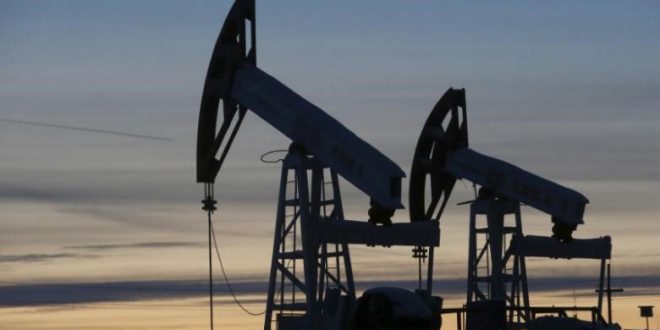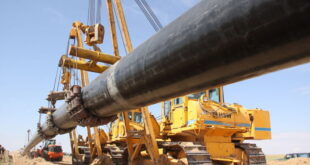The history of the relationship between the Organization of the Petroleum Exporting Countries and the U.S. shale oil industry has evolved a great deal since the cartel discovered it had a surprise rival emerging in a core market for its oil around five years ago.
U.S. shale bankers came to Vienna this week and OPEC is readying a trip for its top officials to Texas in a bid to understand whether the two industries can co-exist or are poised to embark on another major fight in the near future.
“We have to coexist.” said Khalid al-Falih. Saudi Arabia’s energy minister. who pushed through OPEC production cuts in December. reversing Riyadh’s previous strategy to pump as much as possible and try to kill off U.S. shale with low oil prices.
OPEC and non-OPEC countries led by Russia agreed on Thursday to extend oil output curbs by nine months to March 2018. keeping roughly 2 percent of global production off the market in an attempt to boost prices.
But OPEC now realizes supply cuts and higher prices only make it easier for the shale industry to deliver higher profit after it found ways of slashing costs when Saudi Arabia turned up the taps three years ago.
In the Permian Basin — the largest U.S. oilfield — Parsley Energy Inc.. Diamondback Energy Inc. and others are pumping at the fastest rate in years. taking advantage of new technology. low costs and steady oil prices to reap profits at OPEC’s expense.
OPEC’s latest calculus acknowledges the global clout of shale but seeks to hinder its growth by keeping just enough supply on the market to hold prices below $60 per barrel.
“All shale companies in the United States. are small companies.” said Noureddine Boutarfa. who represented Algeria at the meeting. “The reality is that at $50 to $60 a barrel. [the U.S. oil industry] can’t break beyond 10 million barrels per day.”
That is the level many analysts estimate U.S. oil production will reach next year. in what would be a 1 million bpd rise. a staggering jump for an industry marked during 2015 and 2016 by scores of bankruptcies and thousands of layoffs after a two-year price war with OPEC.
Still. that extra volume may not be enough to meet rising global demand or offset natural declines in traditional oilfields. which OPEC is banking on.
“For all OPEC members. $55 [per barrel] and a maximum of $60 is the goal at this stage.” said Bijan Zanganeh. Iran’s oil minister. “So is that price level not high enough to encourage too much shale? It seems it is good for both.”Speech

 Iran Energy News Oil, Gas, Petrochemical and Energy Field Specialized Channel
Iran Energy News Oil, Gas, Petrochemical and Energy Field Specialized Channel



